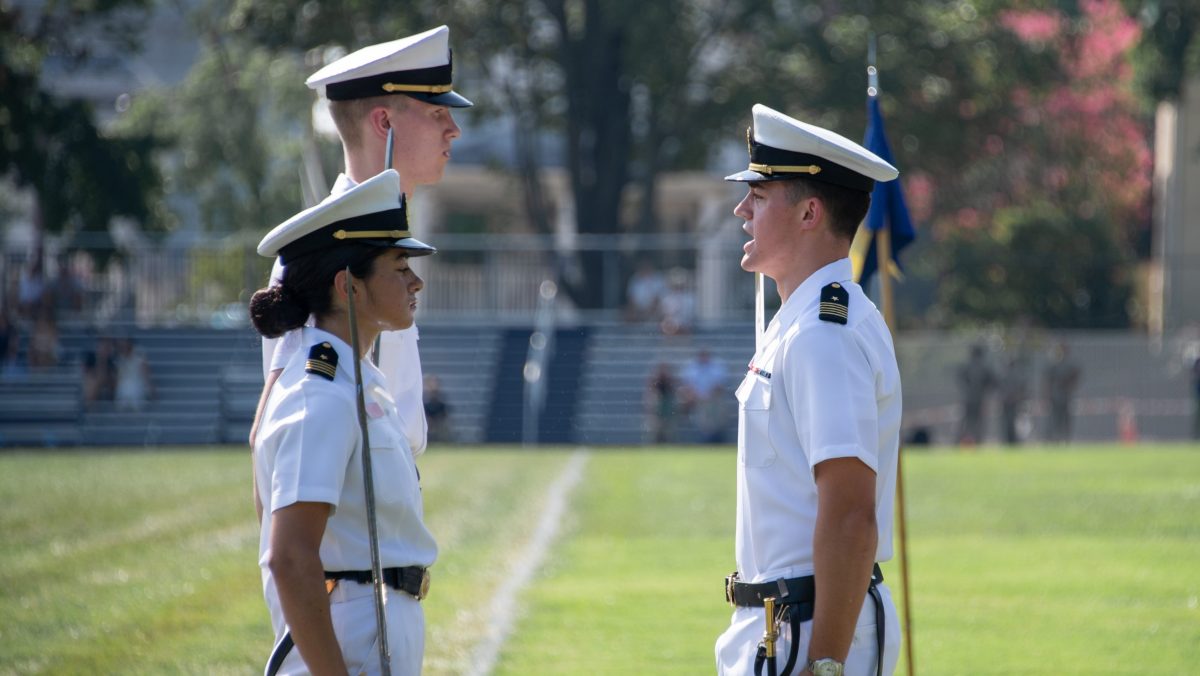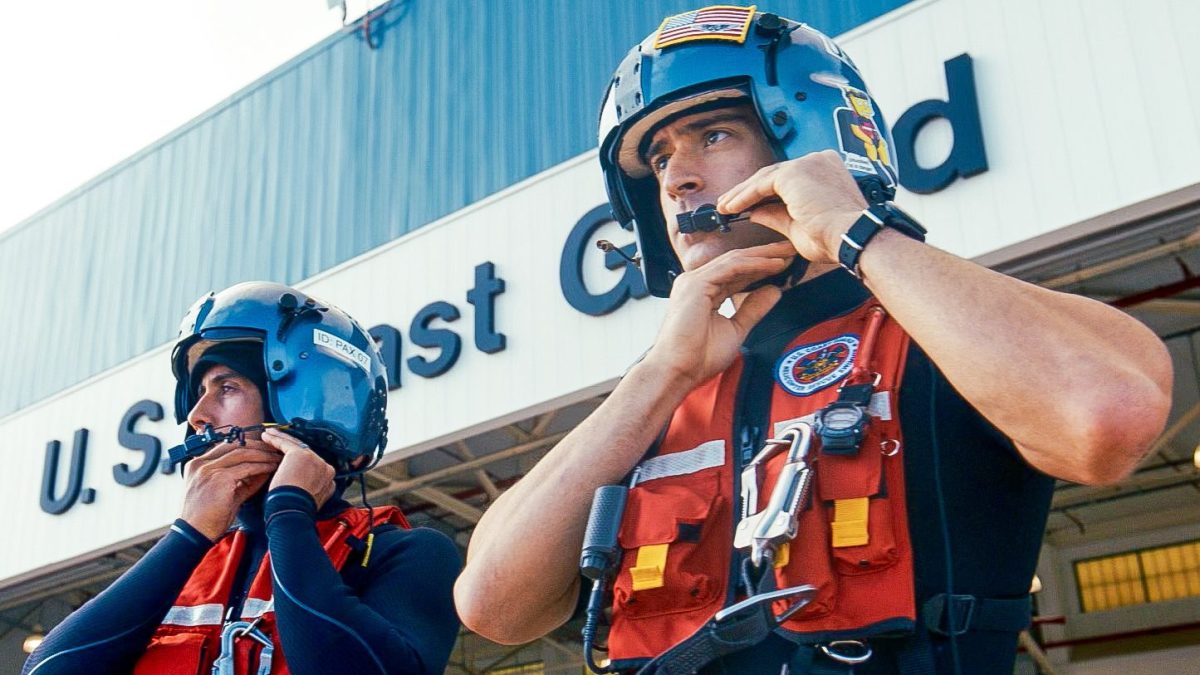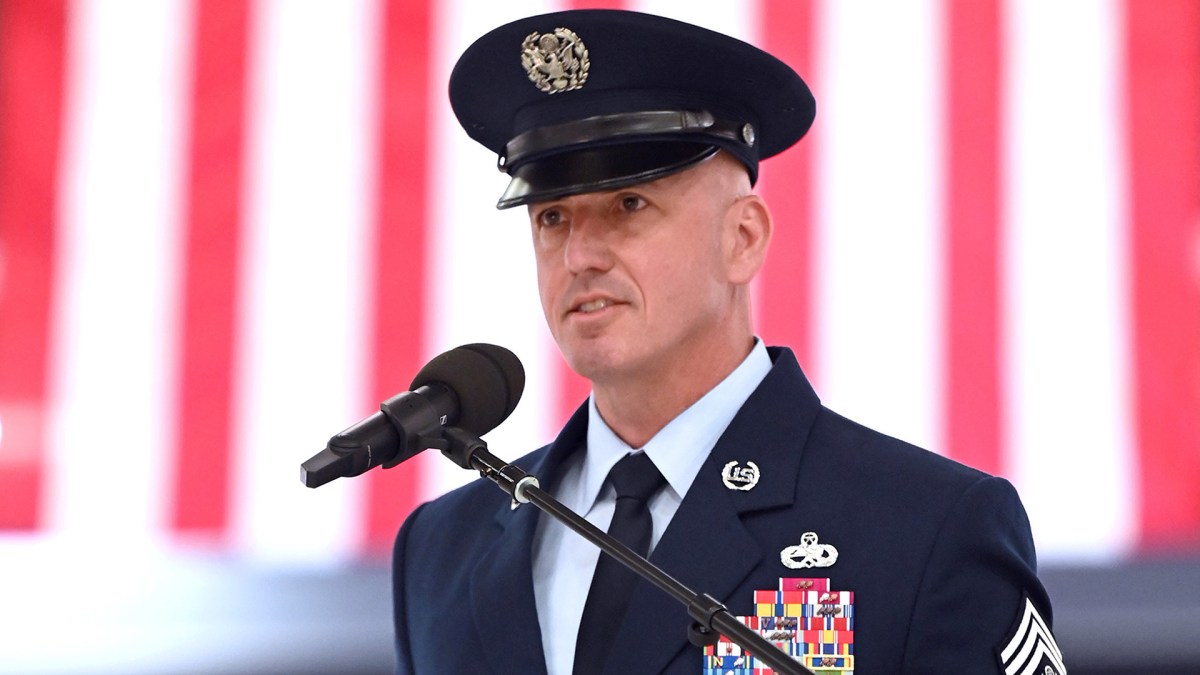“He was the most-daring aviator and greatest fighter pilot of the entire war. His life is one of the brightest glories of our Air Service. He went on a rampage and shot down 14 enemy aircraft, including 10 balloons, in eight days. No other ace, even the dreaded Richthofen, had ever come close to that.” — Captain Eddie Rickenbacker, 26 kills, Medal of Honor, top American air ace of World War One.
“Fly on and fight on to the last drop of blood and the last drop of fuel, to the last beat of the heart.”— Captain Manfred von Richthofen, the Red Baron, 1917.
In March 1918, young Frank Luke, Jr., age 20, a second-generation German-American from Phoenix, Arizona, was commissioned as a second lieutenant in the Aviation Section, U.S. Army Signal Corps, after pilot training in Texas and California. He soon deployed to Issoudon, in western France, where he was assigned to the 1st Pursuit Group, 27th Aero Squadron, which was equipped with French-manufactured, SPAD S.XIII C.1 fighter planes (Luke’s was serial #S7984) made of wood and fabric, and producing 220 horsepower, each apparently armed with one Vickers .303-caliber machine gun (on the right side) with 400 rounds of ammunition, and one similar-looking, Colt/Vickers Model 1918 11mm machine gun (11x59R French Gras, or .433-caliber, on the left) firing incendiary rounds for attacking German observation balloons.
 Colt/Vickers Model 1918 11mm (.433-cal.) “Balloon-Buster” machine gun. Photo credit: forgottenweapons.com.
Colt/Vickers Model 1918 11mm (.433-cal.) “Balloon-Buster” machine gun. Photo credit: forgottenweapons.com. Second Lieutenant Frank Luke, Jr., in France, 1918. Photo credit: U.S. Army Signal Corps.
Second Lieutenant Frank Luke, Jr., in France, 1918. Photo credit: U.S. Army Signal Corps.During the Meuse-Argonne Offensive of September 1918, Luke, now age 21, and his good friend, Second Lieutenant Joseph Frank “Fritz” Wehner, a fellow German-American, began attacking highly flammable, hydrogen-filled, German Drachen (“Dragon”) observation balloons in northern France, with their squadron under official orders to do so. It was an extremely dangerous assignment, because the balloons were heavily defended by 20mm (Becker M2) and 37mm (Maschinen–Flak/M-Flak, or Krupp SockelFlak L/14.5) antiaircraft gun batteries on the ground, and could be quickly reeled in from below.
The U.S. fighter pilots typically flew in pairs, with one SPAD fighter going in low, to attack the balloons at dusk or nightfall, and one going high, to protect the balloon shooter. Luke and Wehner flew from Rembercourt, France, on September 12, 1918, scoring Frank’s first confirmed balloon kill, resulting in an awe-inspiring, white-hot fireball that he flew through, nearly burning him alive.
On September 14 and 15, he added five more balloons to his tally, with five total kills required to become an “ace,” and earning his first Distinguished Service Cross (DSC), the Army’s second-highest award for exceptional valor in action. The citation read, “For extraordinary heroism in action…near St. Mihiel, France, September 12 to 15, 1918. Lieutenant Luke, by skill, determination, and bravery, and in the face of heavy enemy fire, successfully destroyed eight enemy observation balloons in four days.” Luke became well-known as the “Arizona Balloon Buster.”
 Frank Luke, Jr., in action, destroying German observation balloons. Artwork credit: National Archives.
Frank Luke, Jr., in action, destroying German observation balloons. Artwork credit: National Archives.Then, on September 16, Frank and Fritz flew together again, bringing down two more German balloons. Wehner had racked up six confirmed kills to his credit (one Fokker D.VII and five balloons) in just three days, also earning the DSC. But on September 18th, they were jumped by eight Fokker D.VII German fighters near Étain, France, and Wehner was shot in the head and killed.

.jpeg)






















.jpeg)













 English (US) ·
English (US) ·